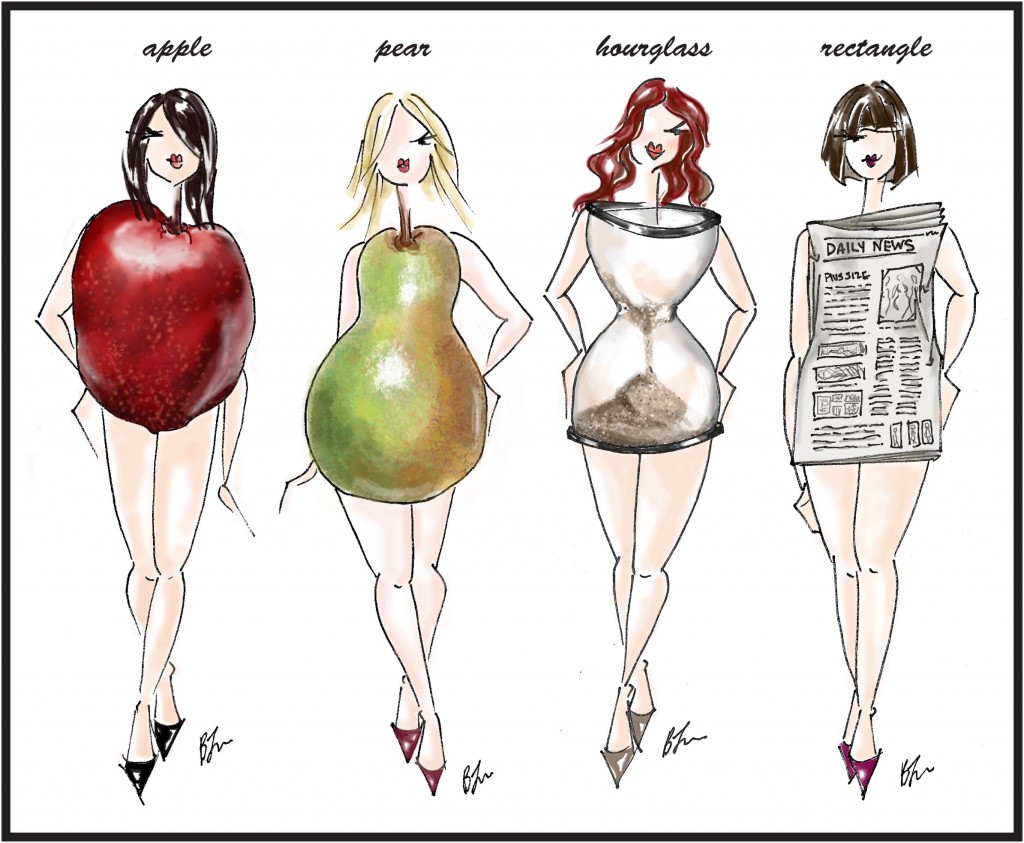
Are you a menopause victim? Is an expanding waistline considered the price of getting older? For women like myself, this can be true after menopause when body fat tends to shift to the abdomen. Not only does the fat around the middle age you, research shows that belly fat also carries serious health risks.
What you may not know is how dangerous the fat around your middle really is, increasing your risk of diabetes, heart disease, stroke, high blood pressure and colorectal cancer.
What’s behind the belly fat? Your weight is determined by how you balance the calories you eat with the energy you burn. If you eat too much and exercise too little, you’re likely to pack on excess pounds- including belly fat. You and I know aging also plays a role. Muscle mass typically diminishes with age, while fat increases. Loss of muscle mass also decreases the rate at which your body uses calories, which can make it more challenging to maintain a healthy weight.
Many women also notice an increase in belly fat as they get older–even if they aren’t gaining weight. This is likely due to decreasing levels of estrogen, which appears to influence where fat is distributed in the body.

Image credit: http://News.dianekennedy.ca
If you’re “apple” rather than “pear” shaped, with a tendency to gather fat around the mid
dle, you already know how difficult it is to stay slim. The trouble with belly fat is that it’s not limited to the extra layer of padding located just below the skin (subcutaneous fat). It also includes visceral fat – which lies deep inside your abdomen, surrounding your internal organs.
Although subcutaneous fat poses cosmetic concerns, visceral fat is linked with far more dangerous health as mentioned above cardiovascular diseases (heart disease and stroke) high blood pressure, Type 2 Diabetes and Colorectal Cancer.
Research also has associated belly fat with an increased risk of premature death-regardless of overall weight. In fact, studies have found that even when women were considered a normal weight based on standard body mass index (BMI) measurements, a large waistline increased the risk of dying from cardiovascular disease.
Measuring Your Middle
So how do you know if you have too much belly fat? I think we know by looking but one can simply use a tape measure to confirm/verify the existence of belly fat.
Place a tape measure around your bare stomach right at your belly button,
Pull the tape measure until it fits snugly around you.
Make sure the tape measure is level all the way around.
Relax, exhale and measure your waist, resisting the urge to suck in your stomach and make that number look better.
For women, a waist measurement of 35 inches or more indicators an unhealthy concentration of belly fat and a greater risk of problems (going to mention these one more time) such as heart disease, high blood pressure and type 2 diabetes. For men, a waist measurement of 40 inches or more is considered cause for concern.

Wearing: Teri Jon Dress and Jacket, Stuart Weitzman shoes, Stella and Dot La Coco Rope pearl necklace, David Yurman Bracelet, Tiffany and Company charm bracelet, and Illmasqua Noble nail polish
Launch Your Own Battle of the bulge:
1. Eat healthy
Emphasize plant-based foods, such as fruits, vegetables and whole grains, and choose lean sources of protein and low-fat dairy products. Limit saturated fat, found in meat and high-fat dairy products such as cheese and butter. Choose moderate amounts of monounsaturated and polyunsaturated fats – found in fish, nuts and certain vegetables oils – instead.
2. Keep portion sizes in check
Even when you’re making healthy choices, calories add up. At home, slim down your portion sizes. In restaurants, share meals – or eat half of your meal and take the rest home for another day.
3. Include physical activity in your daily routine
For most healthy adults, the Department of Health and Human Services recommends moderate aerobic activity such as jogging, for at least 75 minutes a week. In addition, strength training exercises are recommended at least twice a week. If you want to lose weight or meet specific fitness goals, you might need to exercise more.
To lose excess fat and keep it from coming back, aim for slow and steady weight loss – up to 2 pounds a week.

What are you doing to prevent becoming a menopause victim?

You look BeaUTifUl! Great information also!
Cynthia, thank you! Trent is getting good with my new camera!!
I like your dress!
Channing, thank you!!